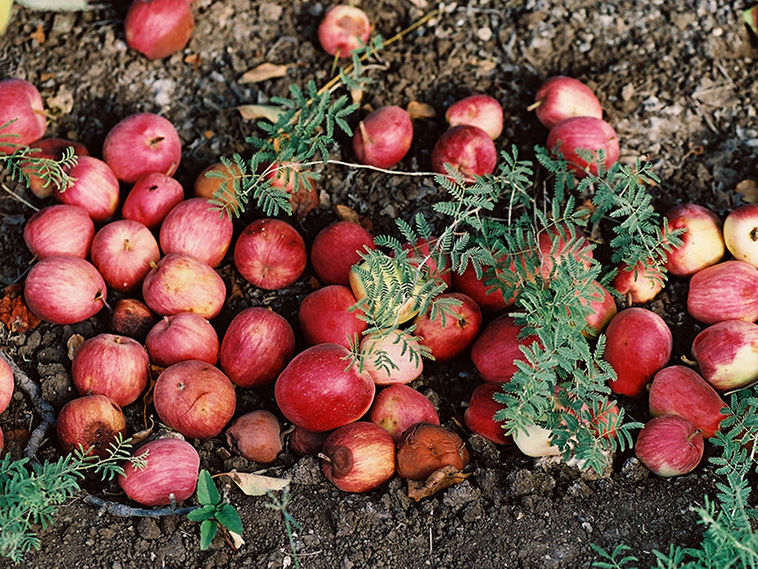RED SQUIRREL: driven out by the march of the greys
- dkavanag7
- Jan 2, 2014
- 2 min read
SMALLER and prettier than its immigrant grey rival, our native red squirrel has had a tough time in recent decades.
Driven out of the vast majority of its old stamping grounds, it now hangs on in a few nature reserves within England and Wales while most sizeable colonies are restricted to Scotland.
Bright chestnut with a white underside and almost comically tufted ears, the red squirrel was once a familiar sight in this country.
But introduction of the aggressive grey squirrel from America in the mid-19th century is thought to be a major cause of its decline with widespread destruction of its preferred habitat - conifer forests - also believed to have played a part.
Recently, however, a raft of conservation efforts have been made to try to protect the red squirrel from potential extinction.
Among these is a bid by a group of woodland experts to ensure the Highlands of Scotland remains a stronghold for years to come.
"Fortunately, as far as we know, the grey squirrel has not moved into the Highlands yet," said group member Ian Collier, a woodland officer with the Forestry Commission.
"However, their spread is relentless so there is no room for complacency. "Latest research shows that many of the region's big conifer forests could be key places to conserve healthy numbers of red squirrels. This is because grey squirrels don't like conifer forests but reds seems quite happy in them, especially if they have plenty of Scots pine and Norway spruce trees.
"The smaller, more delicate red squirrel is better adapted to getting the seeds out of pine and spruce cones, whereas the bigger grey squirrel prefers larger foods found on broadleaf trees, such as hazelnuts and acorns.
"Research suggests that conifer forests of at least 5,000 acres stand the best chance of supporting viable numbers of red squirrels and keeping grey squirrels out.
"In some areas it might also be possible to support smaller populations in woodlands of just 500 acres if we manage them the right way and create buffer zones that deter grey squirrels from entering."
I must confess, the last time I spotted a red squirrel outside an English nature reserve I nearly ran it over.
I was learning to drive at the time, doing my first 3-point turn on a quiet, leafy road as a teenager - so that gives you some idea of how long ago it was.
Road safety's 'Tufty' mascot scooted out from behind the back of the car just as I ruined the manoeuvre by stamping on the accelerator.
It hopped away as I bumped over a grass verge then wrecked a small but beautifully manicured privet hedge.
To this day, I am still a little surprised that my instructor did not knock at the cottage door and apologise for our transgression.
Instead, hissing nervous guidance under his breath, he helped me regain control of the vehicle and we raced off.
Whether or not Tufty squealed on us I don't know, but he probably thought we were nuts.











Comments